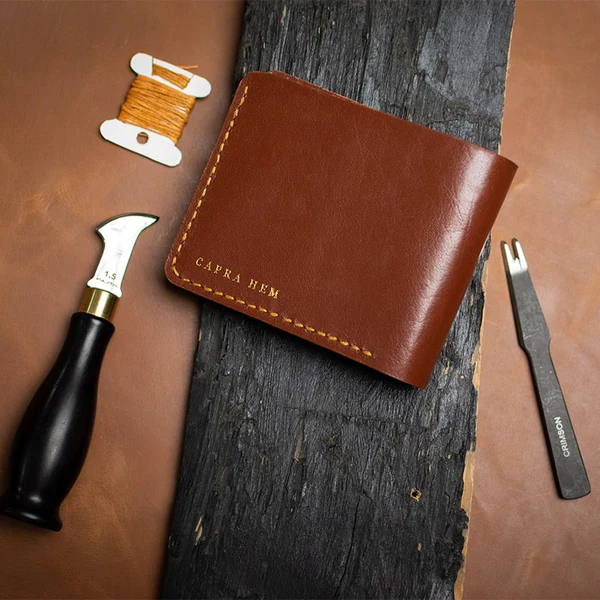Crafting with Passion: Behind the Scenes of Handmade Leather Production
Welcome to this page, where we delve into the captivating world of Behind the Scenes of Handmade Leather Production. In this article, we invite you to embark on a journey that unveils the meticulous craftsmanship and passion behind the scenes of creating exquisite leather goods. From the careful material selection to the finishing touches, each step in the process is a testament to the skilled artisans who bring these creations to life. Join us as we explore the artistry, tradition, and dedication that goes into Behind the Scenes of Handmade Leather Production.
Behind the Scenes of Handmade Leather Production
Handmade leather wallets are a testament to the artistry and precision of skilled artisans. Crafted with meticulous attention to detail, these wallets combine functionality and elegance in a harmonious union. Each wallet is carefully cut, stitched, and finished by hand, ensuring impeccable craftsmanship and durability.
Material Selection:
At the heart of every remarkable leather product lies the careful selection of high-quality hides. Skilled artisans meticulously choose the type of leather, such as supple cowhide, luxurious sheepskin, or resilient goatskin, based on the desired characteristics and the specific product being crafted. This crucial step sets the foundation for the unique texture, durability, and natural beauty that make handmade leather goods truly exceptional.
Cutting and Stitching:
The artisans’ skillful hands deftly cut the chosen hides into precise patterns and components using traditional tools like knives or modern die-cutting machines. Every piece is meticulously crafted, ensuring accurate dimensions and a seamless fit. As the leather pieces come together, expert stitchers employ their mastery of sewing techniques to create consistent and durable seams. Whether through the rhythmic hum of sewing machines or the careful hand-stitching, the artistry of each stitch shines through, adding both strength and aesthetic appeal to the final product.
Edge Finishing:
To achieve a polished and refined look, the edges of the leather pieces undergo meticulous attention. Skilled artisans use specialized techniques to smooth and refine the edges, preventing fraying and ensuring a clean and elegant finish. Through sanding, edge painting, dyeing, and burnishing, the edges are transformed into a work of art, adding a touch of perfection to the overall craftsmanship.
Assembly and Detailing:
As the components come together, the artisans meticulously assemble the various elements of the leather product. They affix hardware, such as sturdy zippers, resilient buckles, or secure clasps, ensuring precise alignment and functionality. Each detail is thoughtfully considered, reflecting both the aesthetic vision and the practical purpose of the final creation. The seamless integration of these elements showcases the artisans’ dedication to producing leather goods that are not only visually appealing but also highly functional.
Quality Control:
Throughout the production process, rigorous quality control checks are conducted. Skilled inspectors scrutinize every detail, from the stitching precision to the overall craftsmanship, ensuring that each handmade leather product meets the highest standards.
Packaging:
Once the products pass the meticulous quality control checks, they are carefully prepared for their new homes. Artisans expertly package handmade leather goods, ensuring that they are protected during transportation and arrive in pristine condition.
Frequently Asked Questions
To further enrich your knowledge of handmade leather production, here are some frequently asked questions:
Q1: What makes handmade leather goods unique?
Handmade leather goods possess a distinct charm and character that sets them apart. The meticulous craftsmanship, attention to detail, and use of high-quality materials contribute to their uniqueness. Each piece carries the artisan’s personal touch, making it an exclusive work of art.
Q2: How long does it take to create a handmade leather product?
The time required to create a handmade leather product varies depending on factors such as complexity, size, and the artisan’s proficiency. It can range from several hours to several days or even weeks for more intricate designs. The emphasis is always on ensuring the highest quality rather than rushing the process.

